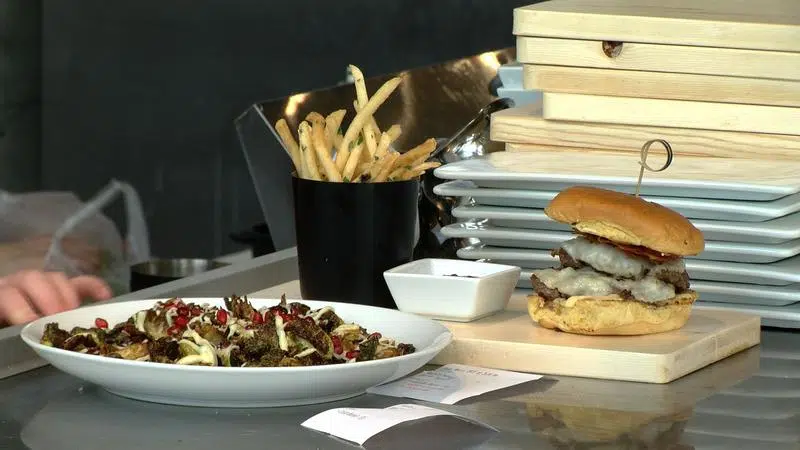
Kamloops restaurateurs weigh in on the recent franchise restaurant closures
KAMLOOPS — It started with East Side Mario’s in 2013, followed by the Keg in 2016, then both Montana’s and Milestones in May of 2019. Swiss Chalet and Harvey’s closed their doors for good in Kamloops on February 7th. They are the two most recent casualties in what appears to be a mass exodus from the Kamloops restaurant market by Recipe Unlimited, likely the largest corporate restaurant operator in Canada.
 Swiss Chalet and Harvey’s closed February 7th, 2020. Both brands are owned by Recipe Unlimited. Image Credit: CFJC Today
Swiss Chalet and Harvey’s closed February 7th, 2020. Both brands are owned by Recipe Unlimited. Image Credit: CFJC Today“What’s impacting those large businesses is impacting small ones, too,” Tyson Andreykew, 2nd VP of the Kamloops Chamber of Commerce Board of Directors explains. “Costs are going up. We see increases in costs of fuel, of food… Particularly when you’re talking about restaurants, costs of our employees, with minimum wage.”
A pair of local restauranteurs have seen significant changes in how diners choose where they want to eat.


